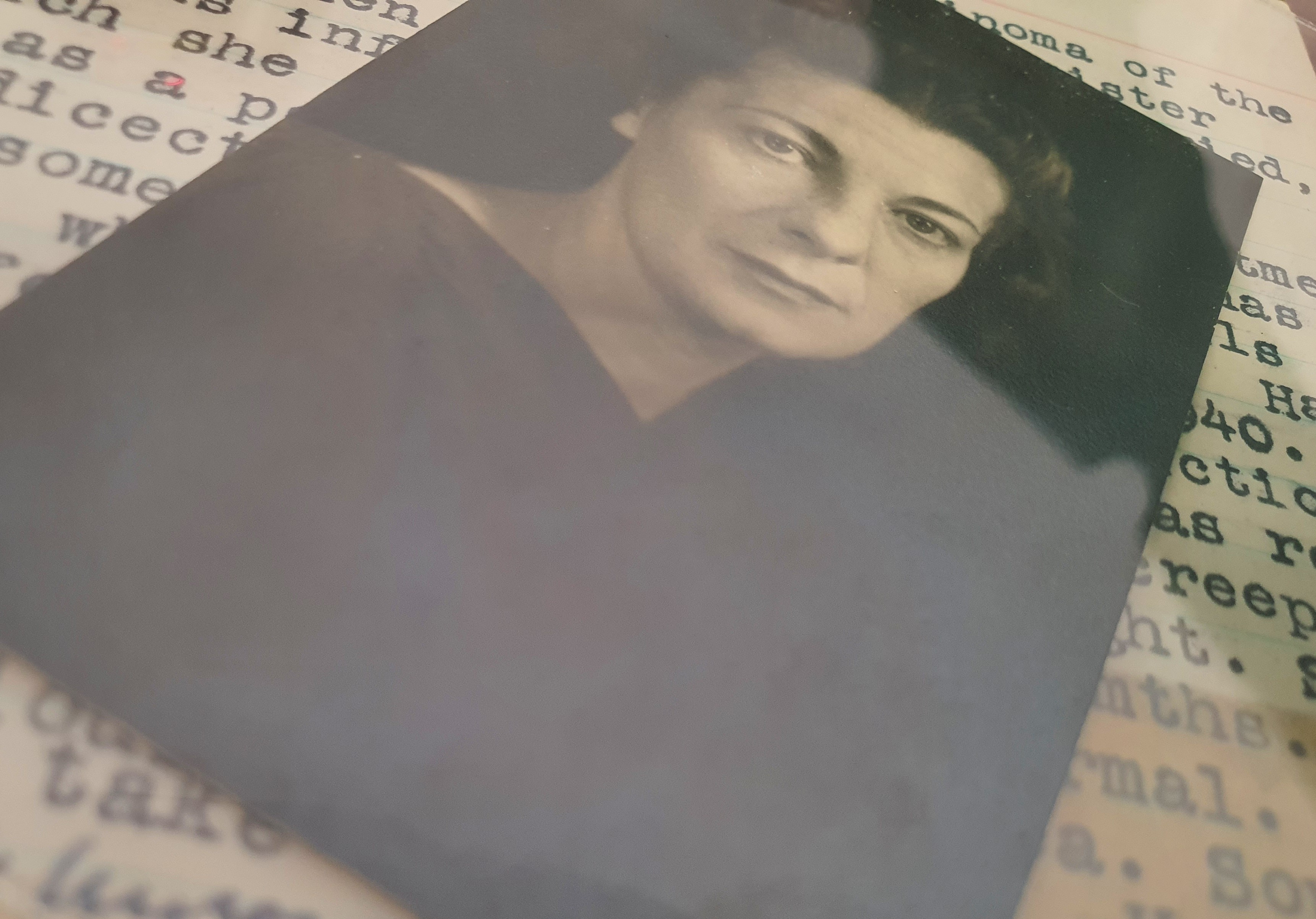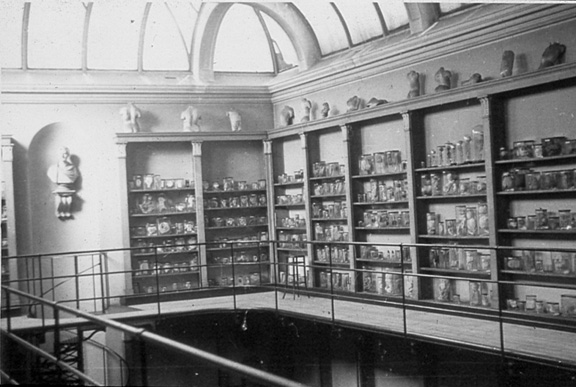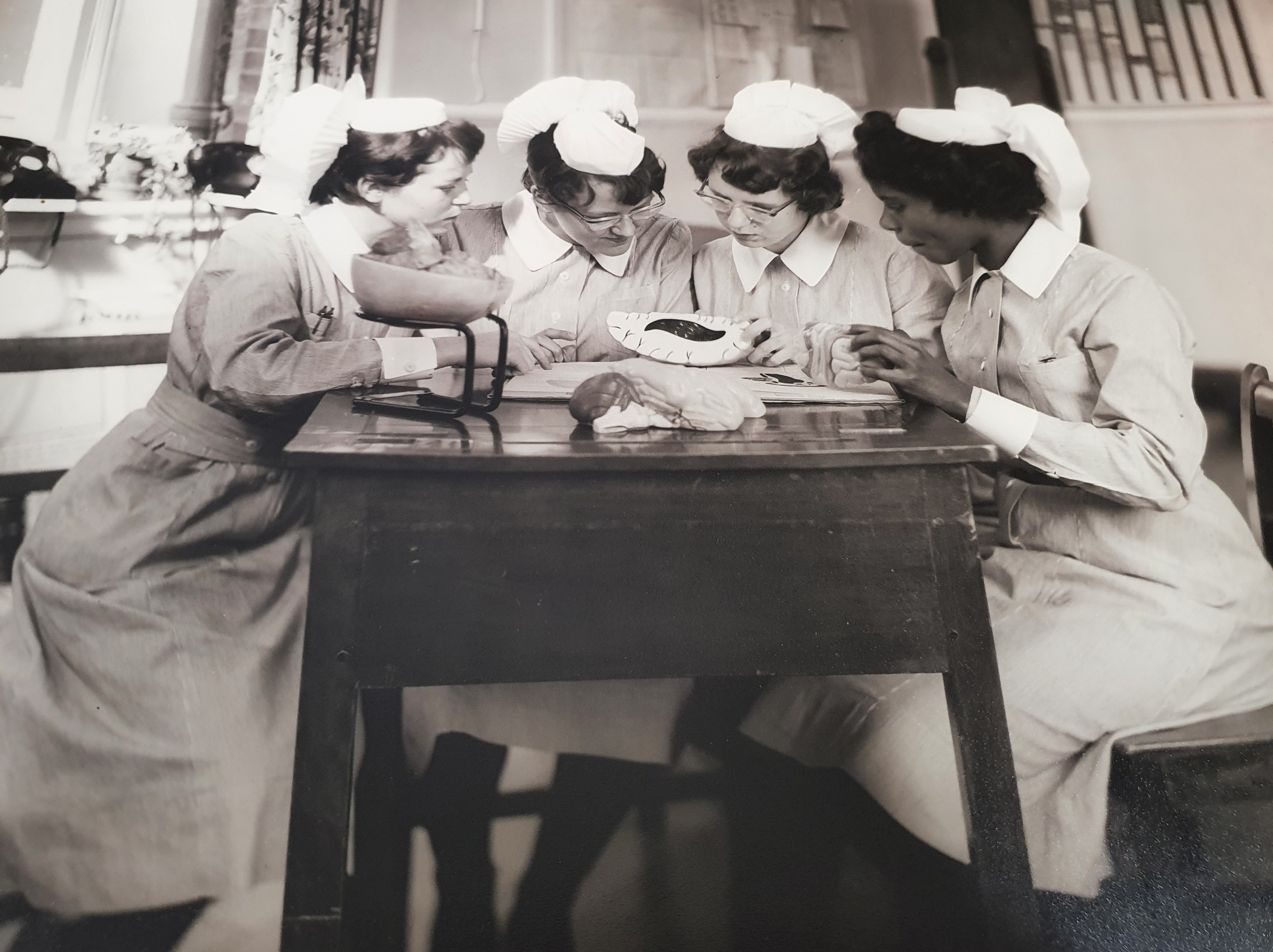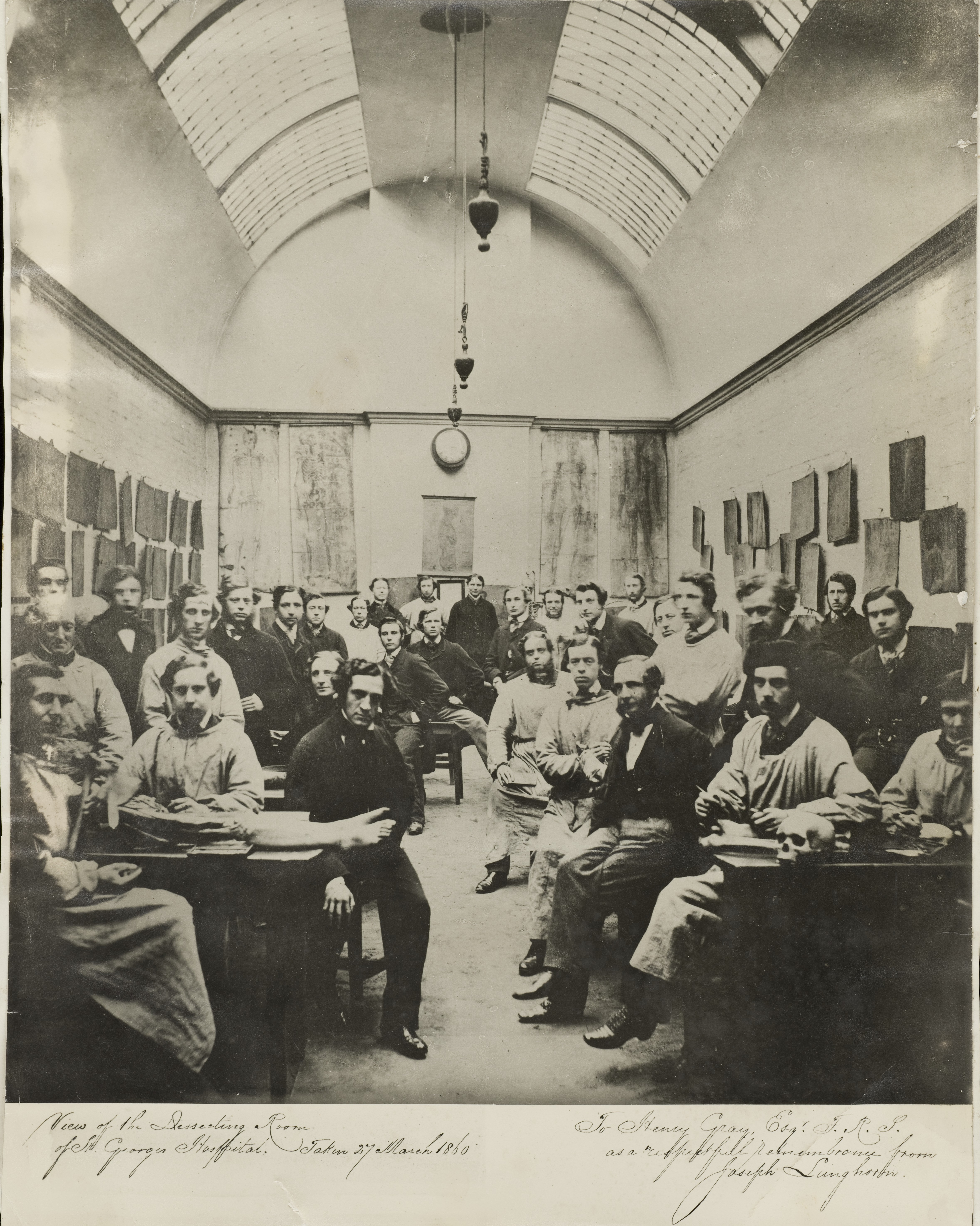Some highlights from our collections include
View all Close all
The archive holds records which chart the development of the medical school from the very beginning. Records include minute books of the various medical school boards, committees and councils from 1862, as well as various charters, deeds and building plans relating to both the original site of St George's at Hyde Park Corner and its current site in Tooting.
They show how the school and medical education in general developed and provide evidence of important or contentious issues, such as the admission of women into the medical school.
Minute books exist for a number of committees and bodies associated with St George’s Hospital and the medical school. See our minute books research guide for an overview of the volumes held and for a listing of the Medical School Committee Minute Books, dating from 1862-1945.

St George's student records chart the alumni of St George's since 1752. They include student admission registers, records cards, photographs, certificates, tickets and registers of prizes.
Although the medical school was not formally established until 1835, the surgeons and physicians of St George's Hospital were permitted to have pupils since the establishment of the hospital in 1733.
The records also provide evidence of the first female students enrolled at St George's during the First World War in 1915 and following the Second World War in 1945.
Read more about our alumni, including Edward Jenner and Henry Gray, here. Want to learn more about our alumni? Our catalogue includes brief biographical records for many of them, and we are constantly adding new records.
The archive also holds a number of record cards of medical students and student nurses from the early 1900s onwards, often providing details of their training and examinations.

Dating from 1841 to 1946, St George's post mortem records chart medical developments and innovations throughout this period, providing an incredible source for studying not only death and disease, but also social history by providing a glimpse to the lives of the patients who died at St George's during this time.
Read more about the Wellcome-funded project to conserve, digitise and catalogue these records on our project page.

The archives hold the historical catalogues of St George's Pathology Museum, now called the Museum of Human Diseases. The museum holds pathological specimens, many obtained from post mortem examinations, which frequently make reference to specimens.
As part of the post mortem project, together with the museum curator, we are attempting to identify historical specimens mentioned in the volumes and still held at the museum.

St George's nursing collection charts the development of nursing education at St George's and related institutions from the 19th century to the present day.
The collection includes student registers, examination records and administrative records relating to nursing education since 1860; documents and publications by St George's Nurses' League (1952-2014); personal papers, memoirs and memorabilia from individual nurses, including papers of matron Dame Muriel Powell (c.1910s-1970s); photographs; artefacts and objects including nurses' clothing; and papers from the Joint Faculty of Health, Social Care and Education at Kingston University and SGUL relating to nursing (1880-1980), including ‘Nurses’ Voices’: Oral histories (interviews with St George’s nurses and midwives) and related documentation, recorded in 2010.

St George's Archives and Special Collections hold a large collection of photographic material depicting events and ceremonies, buildings, students, medical staff, nurses and other individuals.
Some of the photographs relate to related or associated hospitals, such as Atkinson Morley Hospital or Victoria Hospital for Women and Children.
Some of the busts and paintings at St George's are featured at Art UK.

Archives are increasingly digital in format, and St George's archives is working towards being able to preserve digital archives alongside archives in other formats. This includes
a collaborative project to preserve material created by St George's relating to the COVID-19 pandemic.